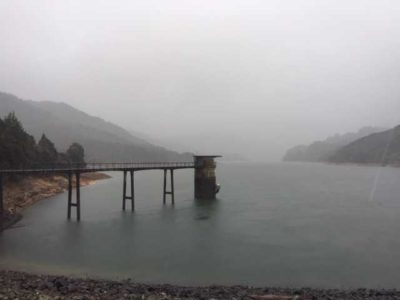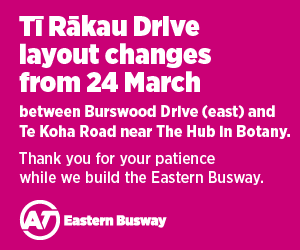
While last week’s much-needed heavy rain was welcomed by water utility company Watercare, the region’s dams are still well-short.
The dams in the Hunua Ranges – and Waitakere Ranges on the opposite coast – are one of the three main water sources in Auckland (the other sources are an aquifer in Onehunga and the Waikato River).
The exact proportion supplied from each source varies daily. Watercare says it depends on the levels in the storage lakes, forecast rainfall, treatment plant capacity, maintenance requirements and the cost of transmitting water to the treatment plant.
Watercare is concerned with the lack of the usual rainfall so far this year.
According to Niwa, the National Institute of Water and Atmospheric Research, autumn rainfall totals were below normal (50-79 per cent of the autumn normal) with isolated pockets of well below normal.
Meanwhile over the majority of summer, rainfall was well below normal (less than 50 per cent of the summer normal).
In 2018, yearly rainfall was above normal (120-149 per cent of the annual normal).
The dam level data shows levels have improved but the dams remain far from capacity in the lead up to spring and summer.
Watercare’s Roseline Klein, head of water value, says, “Thursday’s heavy rainfall was useful because it saw our total water storage increase from around 58 per cent to around 63 per cent. However, in order to bring the dam levels back up to a normal level, we would need normal rainfall for this time of year, plus a lot of extra rain to make up the deficit from January to June.
“Therefore, we are still encouraging Aucklanders to use water wisely this winter. We are also carefully balancing Auckland’s water supply, drawing more water from our river and underground aquifers sources than normal to reduce demand on our dams while the dry weather continues through winter.”









